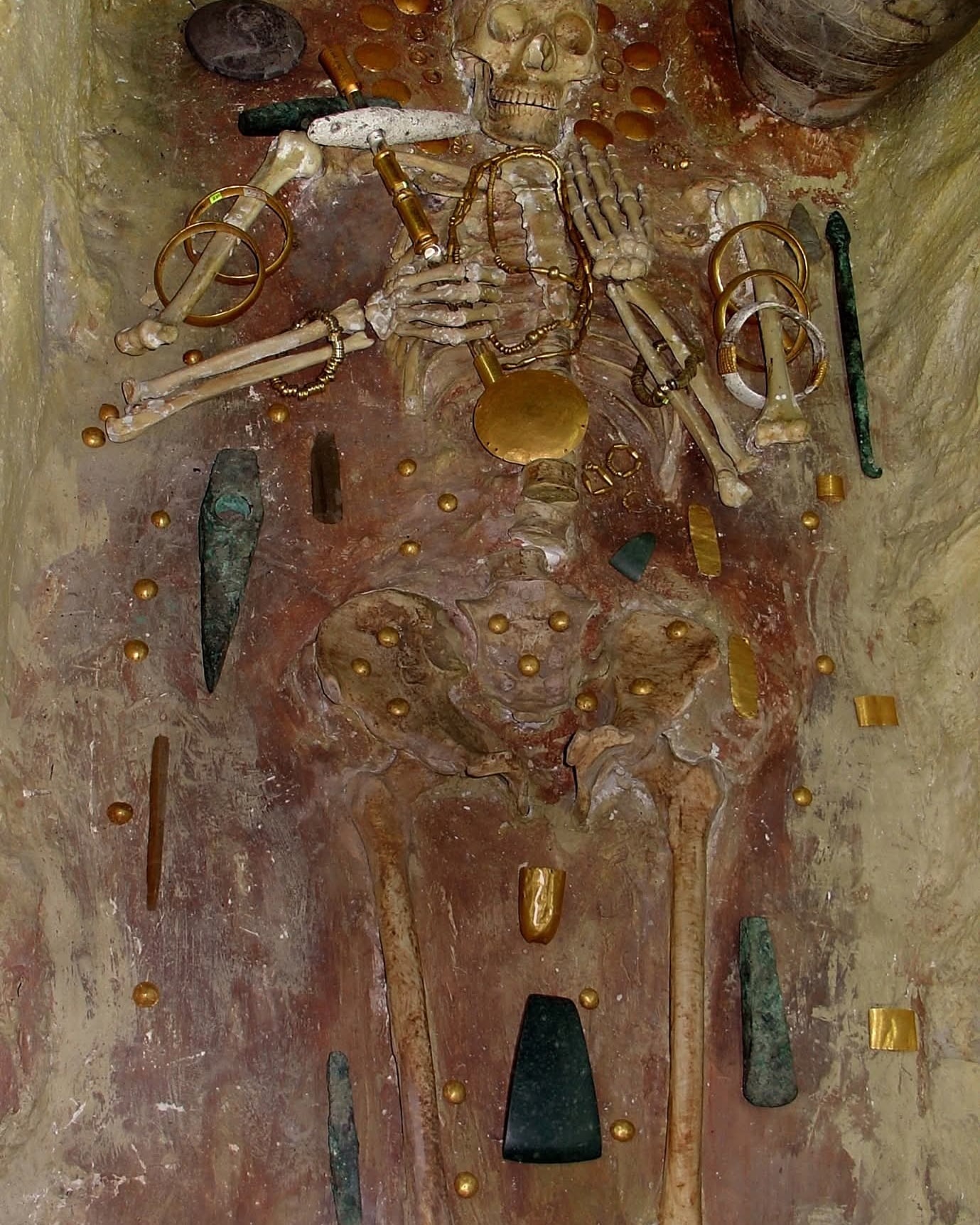In the late 1800s, as American cities grew rapidly, they also became choking grounds for pollution and deafening noise. Amid the soot and clamor, one woman quietly transformed urban life—Mary Walton. With no formal training or recognition, she solved problems that stumped even the greatest minds of her era.
The Problem: City Air Choked by Pollution
Smoke and Soot from Steam Locomotives
By the end of the 19th century, steam locomotives filled city skies with thick smoke. Soot coated buildings, stained clothes, and worsened public health.
A Crisis Without a Clear Solution
Inventors, including Thomas Edison, tried to address the issue. But despite advances in science, no effective solution had emerged to reduce air pollution in urban environments.
Public Health in Jeopardy
The effects were more than cosmetic. With every breath, city dwellers inhaled particles that damaged lungs and shortened lifespans. Something had to change.
Mary Walton’s Revolutionary Smoke-Reducing Invention
A Self-Taught Innovator with Sharp Observation
Mary Walton wasn’t a trained engineer. She was a keen observer with a workshop in her basement, driven by persistence and an urge to improve daily life.
Turning Smoke Into a Solvable Puzzle
Watching how smoke moved through the air, she developed a system that channeled it through water—trapping harmful pollutants before they could escape.
Patent and Impact on Urban Environments
In 1879, she patented her invention. Railroads soon adopted the technology, dramatically reducing pollution and clearing the skies over major cities.
Mary Walton’s Second Breakthrough: Reducing Urban Noise
The Noise Crisis of Elevated Railways
While smoke filled the air, another menace rattled city life: the roar of elevated trains. Their constant rumble disrupted homes, schools, and businesses.
Even Edison Couldn’t Solve It
The noise problem was so severe that even Thomas Edison attempted—and failed—to design a solution to the vibrations shaking buildings.
Walton’s Vibration-Absorbing System
Mary Walton stepped in again. She engineered a system that absorbed the vibrations beneath train tracks, reducing the sound to tolerable levels and restoring peace to urban streets.
The Legacy of Mary Walton: Innovation Without Recognition
A Woman Ahead of Her Time
In an age when women were excluded from science and engineering circles, Mary Walton made lasting contributions without public acclaim.
Quietly Transforming Urban Life
She didn’t seek fame. She saw what was broken—air, sound, quality of life—and fixed it with intelligence and ingenuity.
A Lasting Impact on Environmental Innovation
Mary Walton’s work helped make American cities cleaner, quieter, and healthier. Her legacy remains a reminder of how everyday people can change the world.

CÁC TIN KHÁC
Mary Walton: The Forgotten Inventor Who Helped Clean Up America’s Cities
Tomb of Queen Nefertari in the Valley of the Queens, Egypt
Discover the Hypostyle Hall of the Temple of Hathor at Dendera
Venus de Losange: Unveiling the Mystery of a 20,000-Year-Old Paleolithic Icon